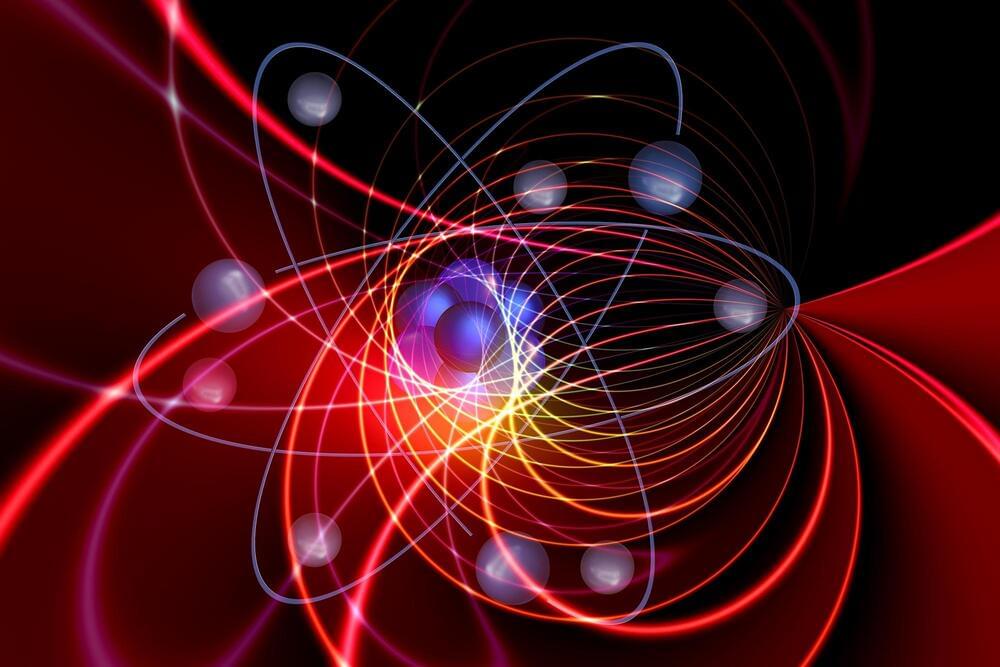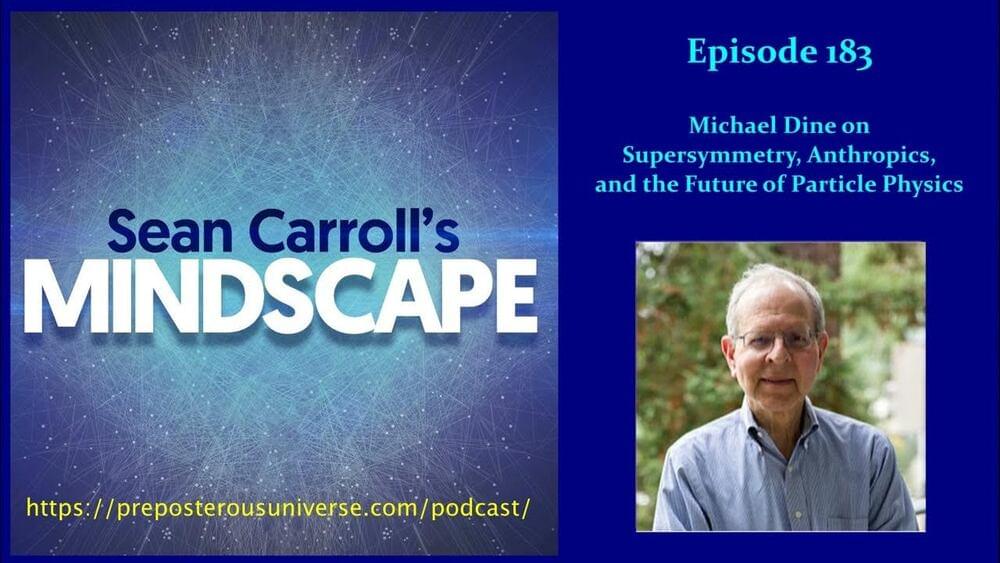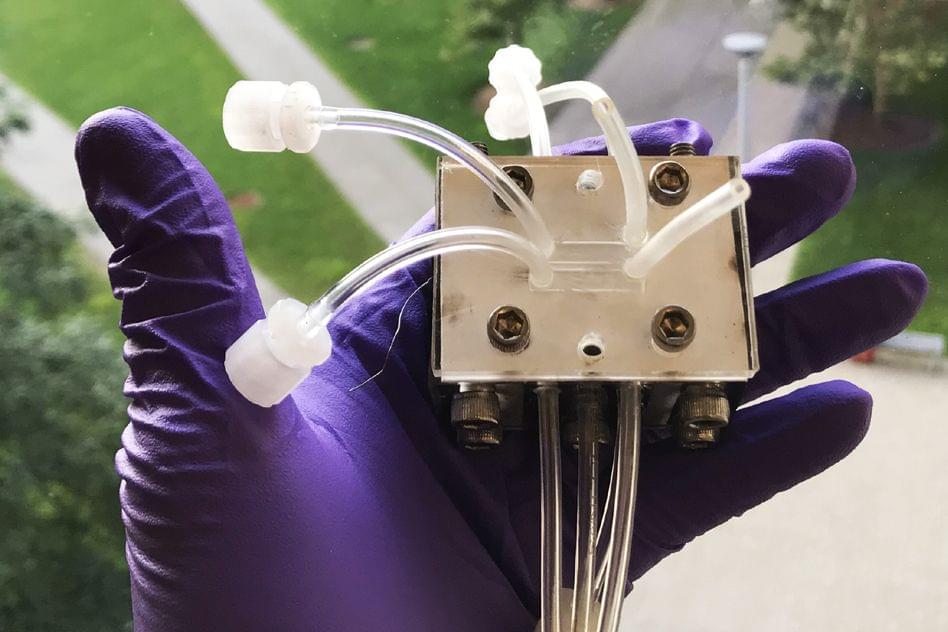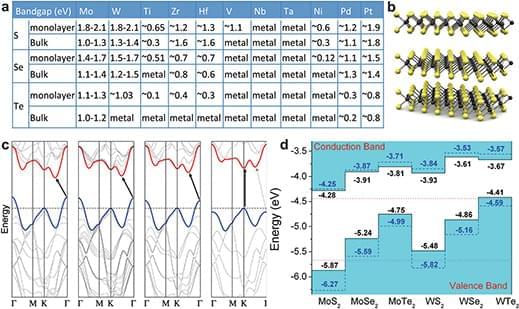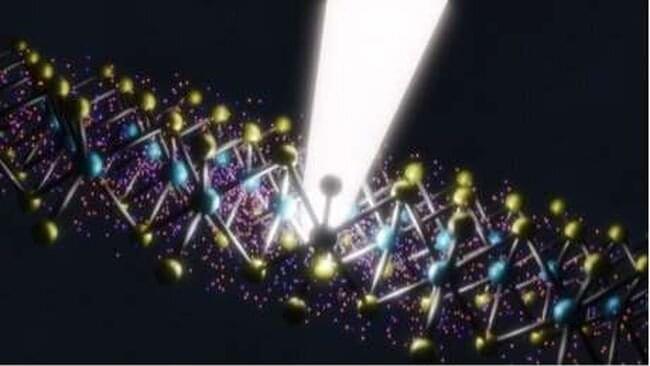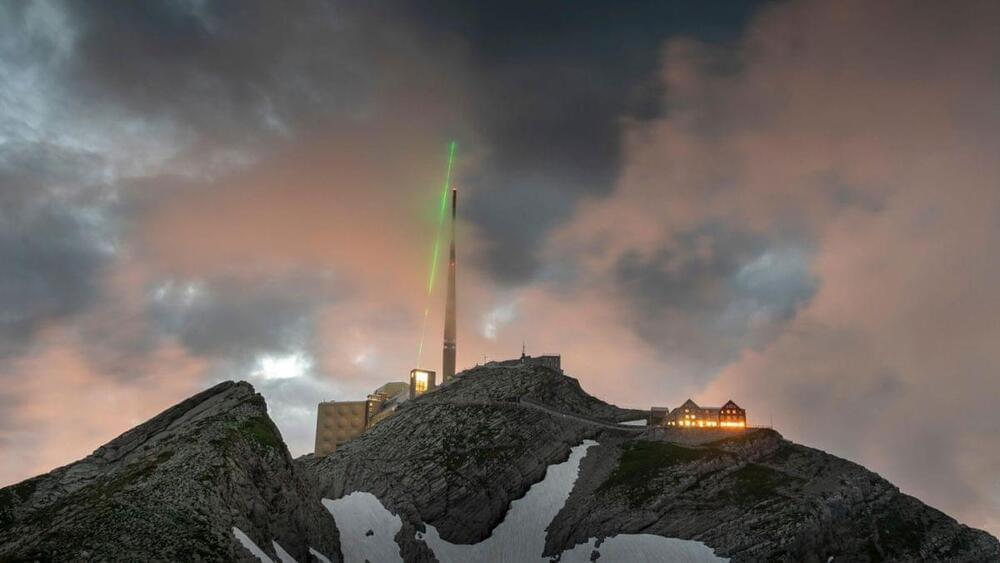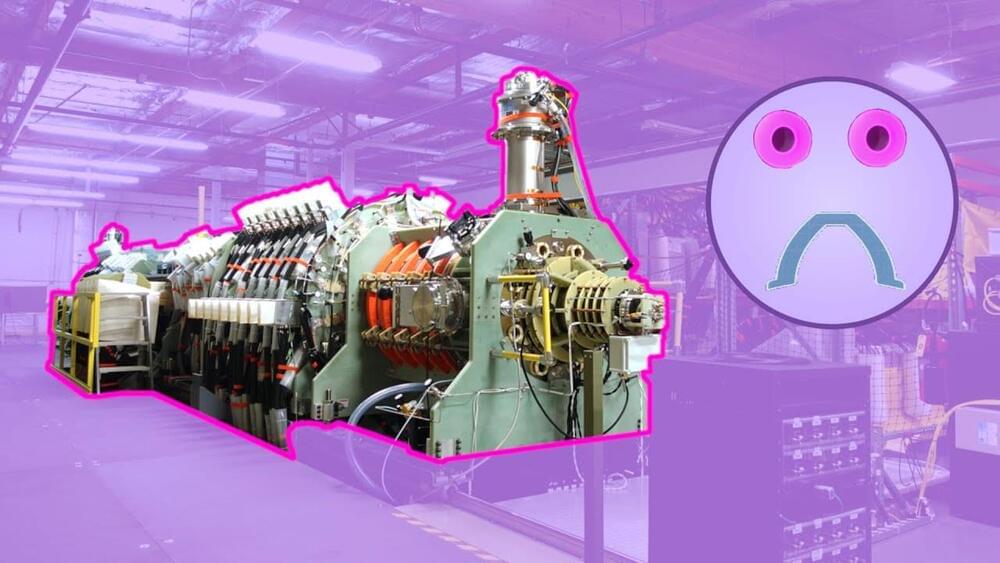Jan 23, 2023
Directly Challenging Our Understanding of Nuclear Force: Scientists Discover Strongest Isospin Mixing Ever Observed
Posted by Saúl Morales Rodriguéz in category: particle physics
Researchers from the Chinese Academy of Sciences’ Institute of Modern Physics and their collaborators have identified the most significant isospin mixing observed in beta-decay experiments, directly challenging our current understanding of the nuclear force. The findings were featured as an Editors’ Suggestion in the journal Physical Review Letters.
In 1932, Werner Heisenberg, a Nobel Prize laureate, introduced the idea of isospin to explain the symmetry in atomic nuclei resulting from the similar properties of protons and neutrons. Isospin symmetry is still widely accepted today.
However, isospin symmetry is not strictly conserved due to proton-neutron mass difference, Coulomb interaction, and charge-dependent aspects of nuclear force. Such asymmetry leads to fragmentation of the allowed Fermi transition to many states via strong isospin mixing, instead of being constrained to one state in β decay.
